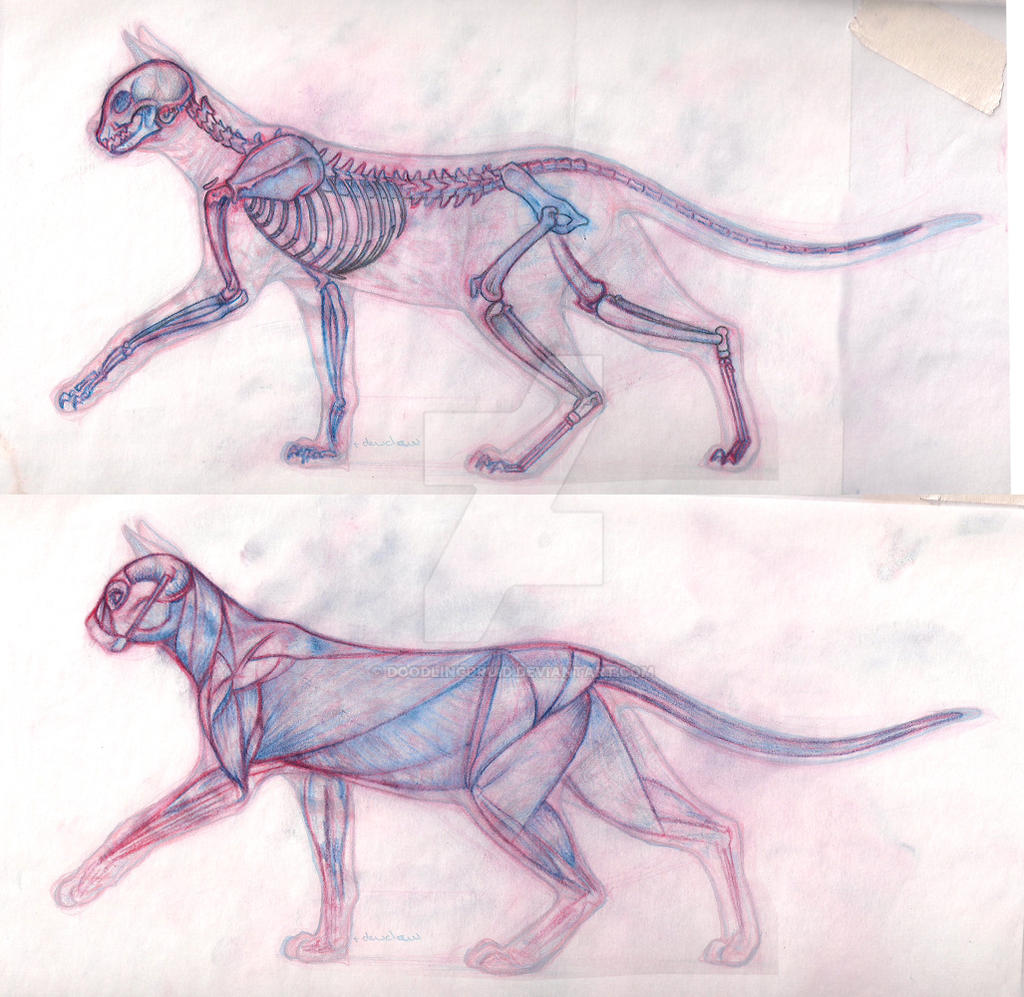Greetings, Feta Fans!
We’ve been hard at work doing our exercises, and while it’s hard to document well since it takes two hands to really do them right, I wanted to at least attempt to show our progress.
We sent a video to the lovely tech who is helping us, and she is happy with how we’re doing so far! Good job, us!
About a week ago, she was still showing a lot of tenderness in her back, though Awesome Tech Jenn still thought it showed improvement compared to how she’d been at her consultation visit.
Her weight bearing practice was going well, though, and continues to improve!
When we practice, I’m scratching her back/butt to get her to really use her abs and her leg to hold good kitty posture, and also to force her to distribute more weight onto that back leg (as opposed to basically doing a handstand, which she prefers at this point) and also to use her muscles to keep maintain her balance. This also helps her back as well as the leg and hips.
As she’s getting better with this, I’m also scratching her back leg a little bit, in the “crook” of the “knee” of her stifle joint, to get her to flex that a bit more, too. We also do some gentle “bounces” where I very gently and carefully press down on her hips to get her to bend and flex a bit more while bearing weight on the leg.
She tends to want to bend only in her hock, to the point that it’s all the way down on the ground, so I’m really trying to encourage her to bend that stiff stifle joint as well.
We’ve been working very diligently with her leg stretches, working on them at least 2x/day. Doing short but frequent sessions is really important for healing – keep at it too long and you stress both the leg and the cat, and push it too hard and you could get a lot of inflammation that is actually counter-productive. Gentle and consistent is best. And remember, the more relaxed the animal, the better stretching and movement you’re going to get! Keep it gentle and positive!
You can see our massaging and stretching from last week here (note: it may look like I am squeezing or forcing her, but while it’s important to be firm, always err on the side of being gentle! I am holding her leg with a loose hand, and mostly gently applying pressure with the flat of my hand):
Then today, I took some more video to show her progress – you can tell she is still quite stiff, but look how much more bend we’re getting! And how much more comfortable she seems!
I’ve found that letting her lie down with the stiff leg dangling off my lap down towards the ground is a great way to get a relaxing passive stretch. Works great on humans, too! (Some variation of this was very helpful for me when I was recovering from broken ribs! Although my PT had me doing it with the top leg dangling down and the bottom leg bent upwards.)
To get the “bicycling” movement, we start by loosening and working on the stifle, then very gently combine it with the easier hock flexing. In general, you start at the top, loosening the hip, then the stifle, then the hock, then the ankle, before you expect them all to start moving together.
This type of healing and strengthening is not a quick process, so we’re going to just keep on doing what we’re doing and hoping for continued gradual improvements. It will likely be a long time yet before she’s really using that leg voluntarily (she is quite lazy, and won’t want to use it until it’s easy) but the more we get it loose and strong, the sooner that day will come!
Thanks to all her fans for your encouragement as we trudge along through this process!



